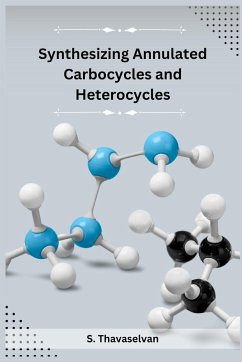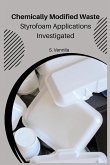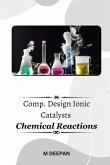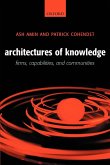S. Thavaselvan is a renowned scientist in the field of organic chemistry, particularly in the area of synthesizing annulated carbocycles and heterocycles. In this area of research, he has made significant contributions to the development of new methodologies for the synthesis of complex molecules with diverse biological activities. Synthesis of annulated carbocycles and heterocycles is a challenging task due to the presence of multiple functional groups and the complexity of the reaction pathways involved. However, with the development of new methods and strategies, this area of research has seen rapid growth in recent years. Cyclization reactions, which involve the formation of a ring from a linear precursor, are the most common methods used for the synthesis of annulated carbocycles and heterocycles. These reactions can be catalyzed by a variety of transition metals such as palladium, rhodium, ruthenium, nickel, copper, and iron. The choice of metal catalyst and ligand can significantly influence the outcome of the reaction, particularly with respect to stereoselectivity and regioselectivity. Chiral ligands are used to achieve asymmetric synthesis of annulated carbocycles and heterocycles, while non-chiral ligands are used for stereoselective synthesis. Aromatic and aliphatic compounds can be used as starting materials for the synthesis of these complex molecules, and a range of functional groups including nitrogen, oxygen, and sulfur can be incorporated into the final product. The synthesis of annulated carbocycles and heterocycles can also involve nucleophilic substitution, electrophilic substitution, cross-coupling reactions, ring opening reactions, rearrangement, reduction, and oxidation. Grignard reagents, Sonogashira reaction, Suzuki reaction, and Heck reaction are some of the most commonly used reactions for the synthesis of these compounds. Heteroaromatic compounds such as pyridine, indole, quinoline, pyrimidine, pyrazine, benzofuran, benzothiophene, benzimidazole, isoquinoline, and pyrrole are commonly used as building blocks for the synthesis of annulated carbocycles and heterocycles due to their diverse biological activities. In conclusion, S. Thavaselvan's research in the area of synthesizing annulated carbocycles and heterocycles has contributed significantly to the development of new methodologies for the synthesis of complex molecules with diverse biological activities. The use of different metal catalysts, ligands, and functional groups has enabled the development of efficient and selective synthetic methods for the preparation of these complex molecules.








